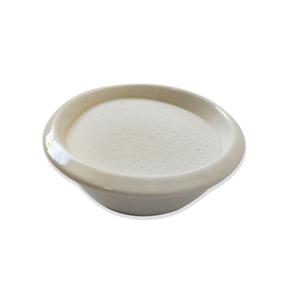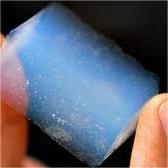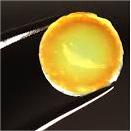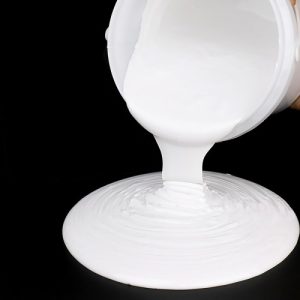Professional industry ceramic supplier, silicon nitride, silicon carbide, aluminum nitride and any other kinds of ceramics.
1. Introduction
Just 24 hours ago, a major materials science conference in Germany highlighted breakthroughs in reusable silicon carbide crucibles that withstand temperatures above 1,650°C without degradation—sparking renewed interest in SiC’s role in sustainable metallurgy and semiconductor manufacturing. As industries push for energy efficiency and material longevity, the silicon carbide crucible has emerged as a cornerstone of high-performance thermal processing.
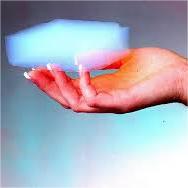
Silicon carbide (SiC) isn’t just for abrasives or armor anymore. Its exceptional thermal conductivity, chemical inertness, and mechanical strength at elevated temperatures make it ideal for crucibles used in melting non-ferrous metals, growing silicon crystals, and laboratory-scale high-temperature reactions. But not all silicon carbide crucibles are created equal—and understanding the nuances can make or break your process.
2. Types of Silicon Carbide Crucibles and Their Manufacturing Methods
2.1. Reaction-Bonded Silicon Carbide (RBSiC)
RBSiC crucibles are made by infiltrating porous carbon preforms with molten silicon. The result is a dense, strong structure with excellent thermal shock resistance. These are often used in foundries for aluminum and copper alloys. RBSiC silicon carbide tile blocks and crucibles share similar microstructures, offering cost-effective solutions for industrial-scale operations.
2.2. Sintered Silicon Carbide (SSiC)
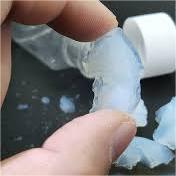
SSiC crucibles are formed by pressing fine SiC powder with sintering aids (like boron or carbon) and firing at temperatures above 2,000°C in inert atmospheres. The outcome is a near-theoretical-density ceramic with superior corrosion resistance—ideal for aggressive melts like molten zinc or lithium. However, SSiC is more expensive and harder to machine into complex shapes like silicon carbide rings or burner nozzles.
2.3. Nitride-Bonded Silicon Carbide (NBSiC)
Less common but valuable in specific applications, NBSiC uses silicon nitride as the bonding phase. This variant offers better oxidation resistance than RBSiC and is sometimes used in silicon carbide brick linings for furnaces. It bridges the gap between pure SiC and silicon nitride ceramics.
3. Silicon Carbide vs. Competing Crucible Materials
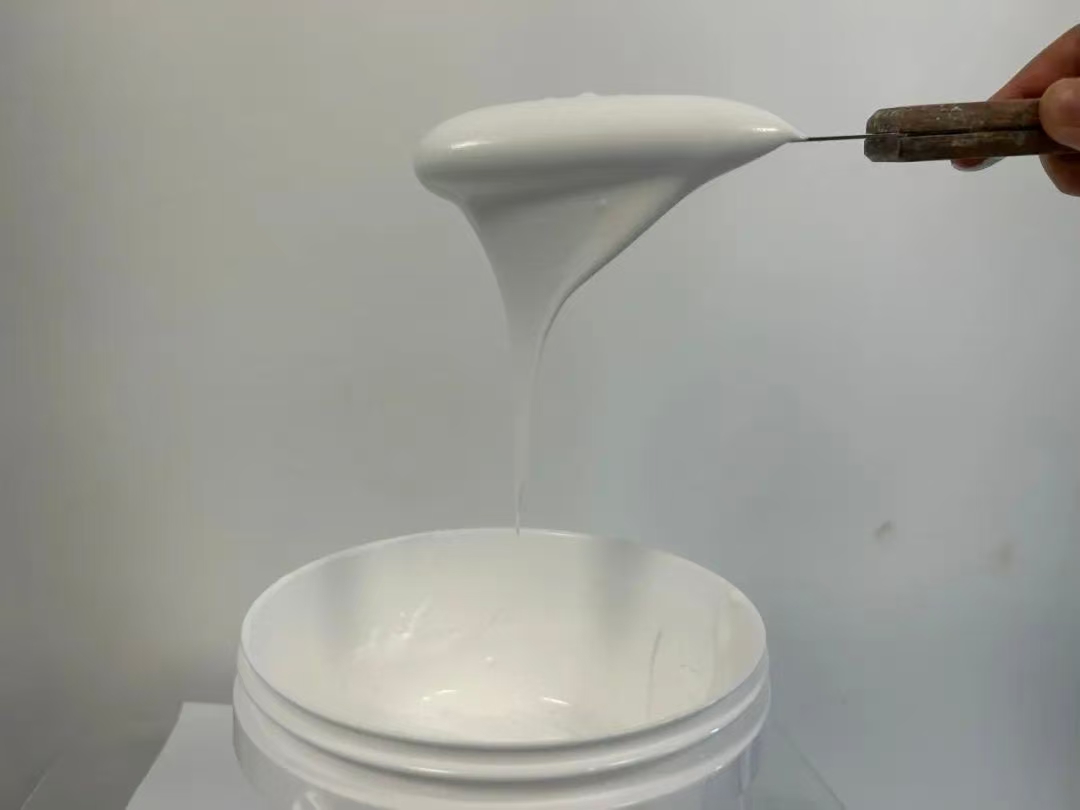
3.1. Boron Carbide vs Silicon Carbide
While boron carbide (B4C) boasts higher hardness and neutron absorption, it’s significantly more expensive and less thermally conductive than SiC. For crucible applications—where thermal shock and chemical stability matter more than hardness—silicon carbide wins hands down. Boron carbide is better suited for armor or nuclear control rods, not melt containment.
3.2. Alumina (Al2O3) and Zirconia (ZrO2) Crucibles
Alumina crucibles are cheaper and widely used in labs, but they degrade above 1,500°C and react with basic slags. Zirconia crucibles offer higher melting points but suffer from phase instability and poor thermal conductivity, leading to cracking. In contrast, silicon carbide crucibles maintain structural integrity and resist wetting by most molten metals.
3.3. Silicon Nitride as an Alternative?
Silicon nitride (Si3N4) crucibles—produced by specialized silicon nitride crucible factories—excel in thermal shock resistance and are used in niche semiconductor applications. However, they’re more brittle than SiC and less chemically stable in oxidizing environments above 1,400°C. Custom silicon nitride heat shields and silicon nitride plates serve different purposes than crucibles, emphasizing mechanical support over melt containment.
4. Beyond Crucibles: The Expanding Universe of Silicon Carbide Ceramics
The same material science that enables robust silicon carbide crucibles also powers a surprising range of products. From silicon carbide ceramic baking dishes and dinner plates (marketed as ‘silicon carbide ceramic dinnerware’) to industrial components like silicon carbide ceramic tubes for furnace use or silicon carbide thermocouple protection tubes, SiC’s versatility is unmatched.
Even household items like silicon carbide ceramic butter dishes with lids or silicon carbide ceramic serving bowls leverage SiC’s non-reactive surface and heat retention. Meanwhile, in heavy industry, components like silicon carbide ceramic columns, RBSiC tile blocks, and silicon carbide burner nozzles rely on the same core properties: strength, stability, and longevity at high temperatures.
Specialized forms like silicon carbide discs—used in grinding, sealing (e.g., silicon carbide ceramic disc taps), or even as piezoelectric elements—show how SiC transcends traditional ceramic roles. Similarly, silicon carbide ceramic piping and porous ceramic tubes enable filtration and gas distribution in corrosive environments.
5. Practical Considerations When Choosing a Silicon Carbide Crucible
- Purity matters: High-purity SiC minimizes contamination in sensitive melts (e.g., photovoltaic silicon).
- Geometry affects performance: Thin-walled crucibles heat faster but may crack under thermal stress; thick-walled ones last longer but consume more energy.
- Atmosphere compatibility: SiC oxidizes slowly in air above 800°C, forming a protective silica layer—but in reducing atmospheres, this layer doesn’t form, potentially accelerating wear.
- Cost vs. lifespan: While a silicon carbide crucible costs 2–3× more than an alumina one, its 5–10× longer service life often justifies the investment.
6. Conclusion
Silicon carbide crucibles stand out not just for their ability to endure extreme heat, but for their balance of thermal, mechanical, and chemical properties. When compared to boron carbide, alumina, zirconia, or even silicon nitride, SiC offers the best all-around performance for most high-temperature industrial and laboratory applications. As advanced ceramics manufacturing evolves, expect even more innovations—from nano-engineered SiC composites to hybrid designs incorporating silicon nitride rings or alumina-zirconia coatings—further cementing silicon carbide’s dominance in the crucible market and beyond.
Our Website founded on October 17, 2012, is a high-tech enterprise committed to the research and development, production, processing, sales and technical services of ceramic relative materials such as What. Our products includes but not limited to Boron Carbide Ceramic Products, Boron Nitride Ceramic Products, Silicon Carbide Ceramic Products, Silicon Nitride Ceramic Products, Zirconium Dioxide Ceramic Products, etc. If you are interested, please feel free to contact us.


